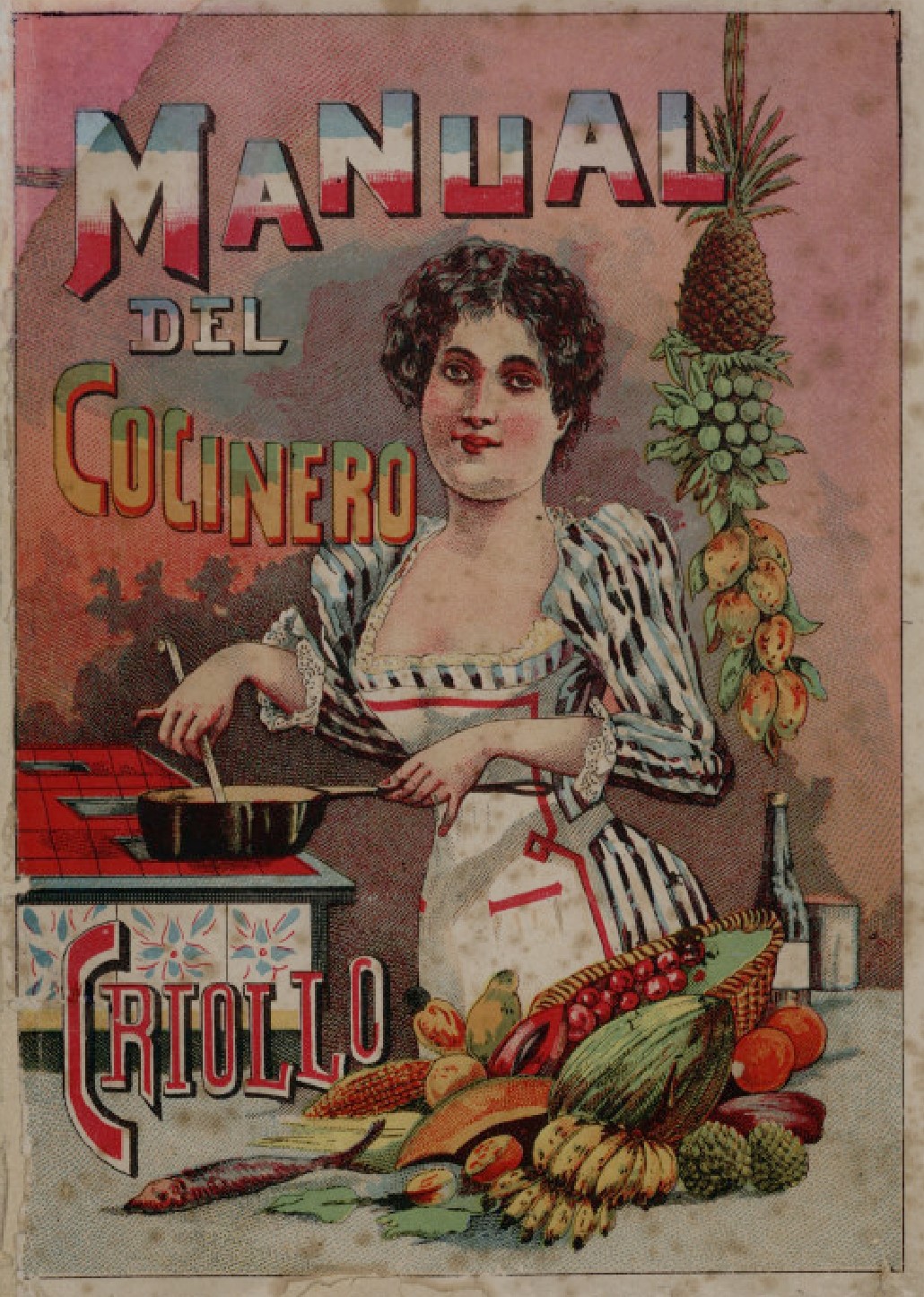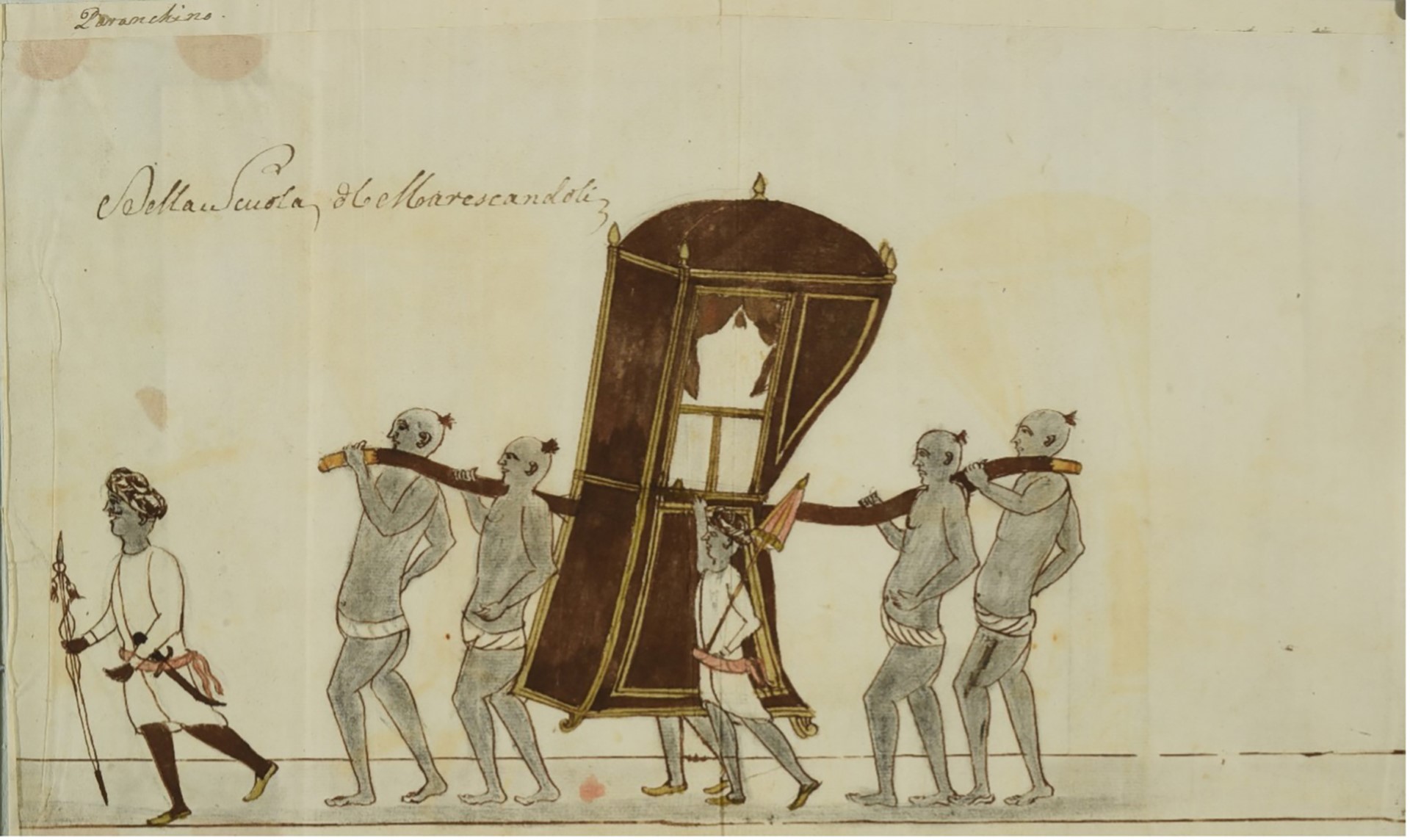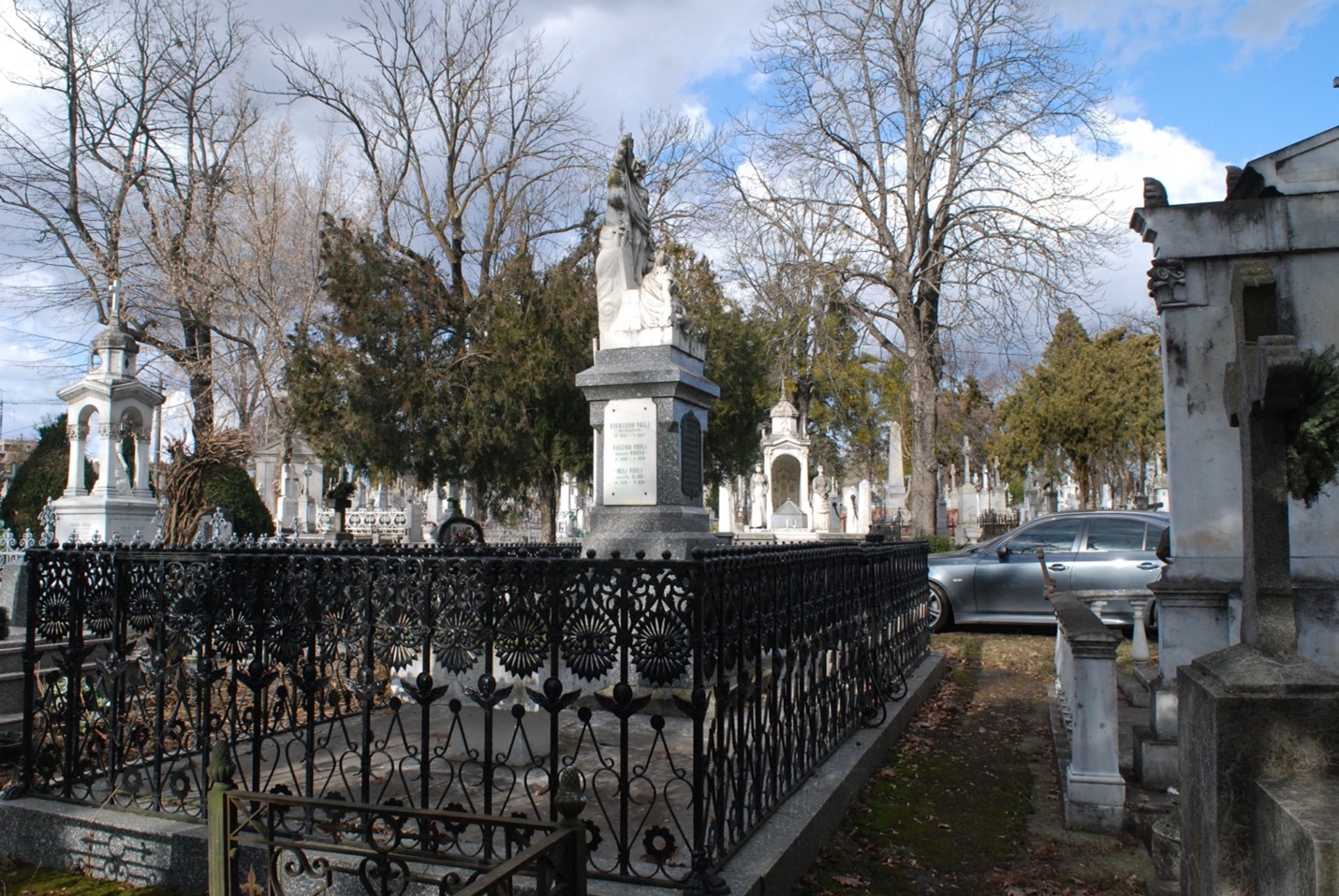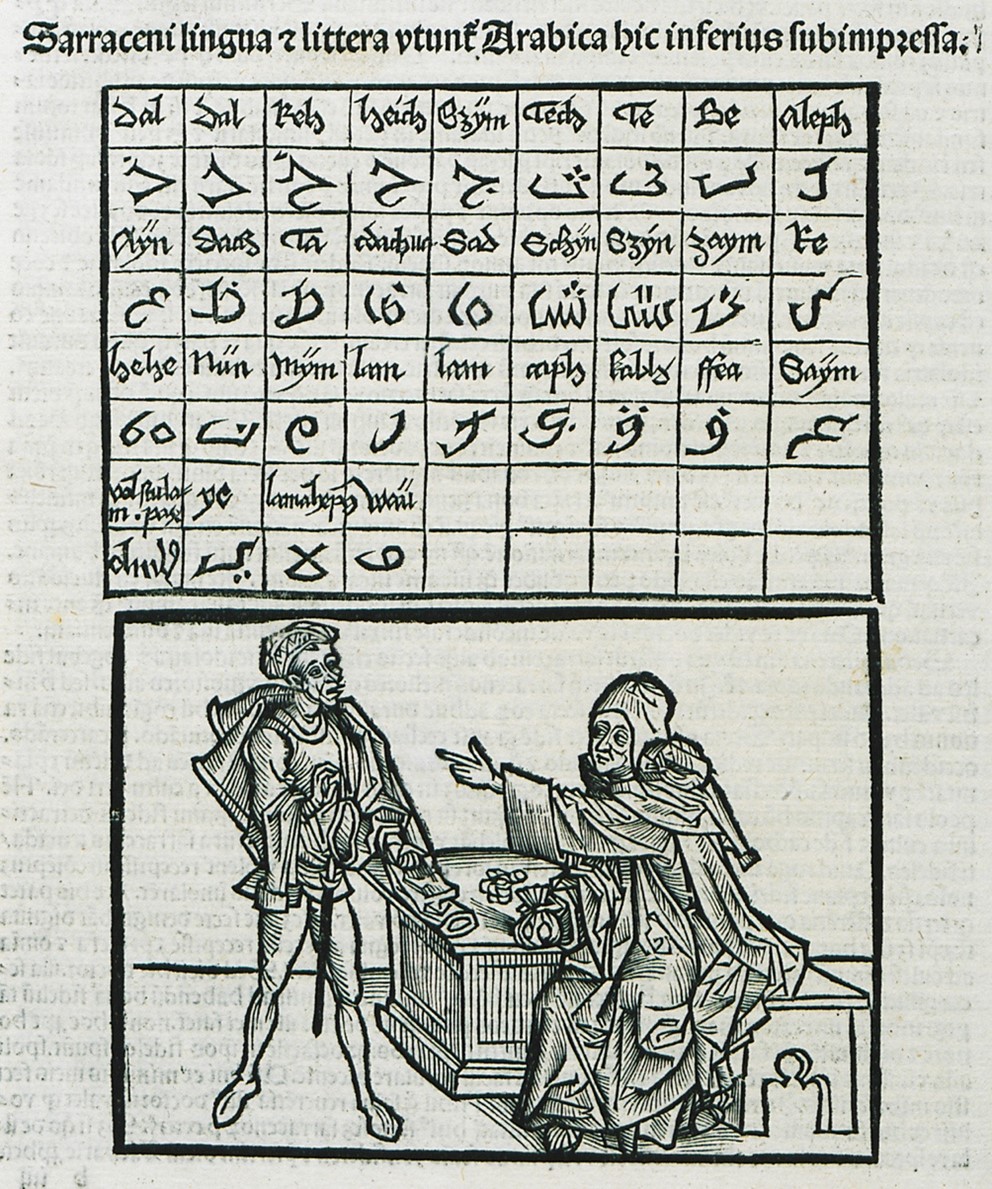Ilaria Berti, ‘Between Imaginary and Reality: Ethnicity and Cooks in the Colonial Space of Cuba at the Turn of the Twentieth Century’.
Cover Image: Nuevo manual del cocinero Criollo, book cover, 1903, Courtesy University of Miami Library, Digital Collections In the cover image, we see a busty young woman with a tiny waist, a characteristic of female fashion illustrations of the late nineteenth and early twentieth century, is depicted in the act of cooking. She is wearing a spotless apron over a fancy striped dress, and is shown in an apparently modern kitchen, stirring her meal at a stove decorated with colourful tiles and surrounded by exotic fruits including pineapples, bananas, papayas and a fish, along with kitchen containers. Figure 2: How they cook in Cuba, in The American Kitchen Magazine, 1898, Courtesy of the Hathi Trust Digital Library This untitled photo portrays a woman and a man in a seemingly clean, modern kitchen. For hygienic reasons, the wood stove area is tiled. The kitchen has five if not six different wood stoves, all of them occupied by a kettle, two pans, a pot and possibly, on the right side, a fish kettle. The vast quantity of stoves and the [...]





